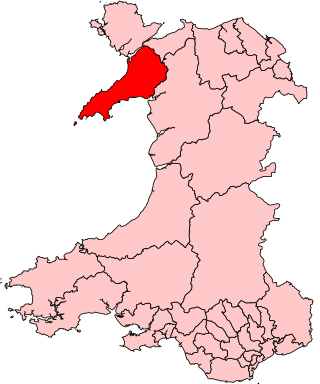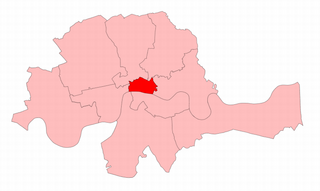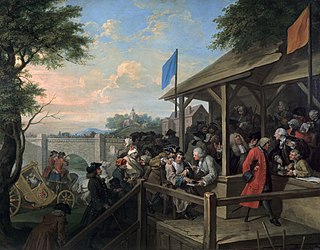Members of Parliament
Members of Parliament 1542–1640
As there were sometimes significant gaps between Parliaments held in this period, the dates of first assembly and dissolution are given. Where the name of the member has not yet been ascertained or is not recorded in a surviving document, the entry unknown is entered in the table.
| Elected | Assembled | Dissolved | Member | Note |
|---|---|---|---|---|
| 1542 | 16 January 1542 | 28 March 1544 | unknown | |
| 1545 | 23 November 1545 | 31 January 1547 | Thomas Salusbury | |
| 1547 | 4 November 1547 | 15 April 1552 | Robert Massey | |
| 1553 | 1 March 1553 | 31 March 1553 | Edward Stanley | |
| 1553 | 5 October 1553 | 5 December 1553 | Edward Stanley | |
| 1554 | 2 April 1554 | 3 May 1554 | ?Robert Massey | |
| 1554 | 12 November 1554 | 16 January 1555 | Robert Massey | |
| 1555 | 21 October 1555 | 9 December 1555 | Edward Stanley II | |
| 1558 | 20 January 1558 | 17 November 1558 | Peter Mostyn | |
| 1559 | 23 January 1559 | 8 May 1559 | John Hanmer [1] | |
| 1562–3 | 11 January 1563 | 2 January 1567 | John Conway [1] | |
| 1571 | 2 April 1571 | 29 May 1571 | John Hanmer [1] | |
| 1572 | 8 May 1572 | 19 April 1583 | Humphrey Hanmer [1] | |
| 1584 | 23 November 1584 | 14 September 1585 | Richard Lloyd [1] | |
| 1586 | 13 October 1586 | 23 March 1587 | Michael Doughty [1] | |
| 1588 | 4 February 1589 | 29 March 1589 | John Edwards [1] | |
| 1593 | 18 February 1593 | 10 April 1593 | Thomas Griffith [1] | |
| 1597 | 24 October 1597 | 9 February 1598 | Edward Morgan [1] | |
| 1601 | 27 October 1601 | 19 December 1601 | John Price [1] | |
| 1604 | 19 March 1604 | 9 February 1611 | Roger Brereton | |
| 1614 | 5 April 1614 | 7 June 1614 | John Eyton | |
| 1620 | 16 January 1621 | 8 February 1622 | William Ravenscroft | |
| 1624 | 12 February 1624 | 27 March 1625 | William Ravenscroft | |
| 1625 | 17 May 1625 | 12 August 1625 | William Ravenscroft | |
| 1626 | 6 February 1626 | 15 June 1626 | John Salusbury | |
| 1628 | 17 March 1628 | 10 March 1629 | William Ravenscroft | |
| 1640 | 13 April 1640 | 5 May 1640 | Sir Thomas Hanmer, Bt |
Members of Parliament 1640–1660
This sub-section includes the Long Parliament and the Rump Parliament, together with the Parliaments of the Commonwealth and the Protectorate (before the Convention Parliament of 1660).
| Elected | Assembled | Dissolved | Member | Note |
|---|---|---|---|---|
| 1640 | 3 November 1640 | 5 December 1648 | John Salusbury Disabled 1643 Thomas Myddelton 1646–1648 | Long Parliament |
| ... | 6 December 1648 | 20 April 1653 | unrepresented | Rump Parliament |
| ... | 4 July 1653 | 12 December 1653 | unrepresented | Barebones Parliament |
| 1654 | 3 September 1654 | 22 January 1655 | unrepresented | First Protectorate Parliament |
| 1656 | 17 September 1656 | 4 February 1658 | unrepresented | Second Protectorate Parliament |
| 1658–59 | 27 January 1659 | 22 April 1659 | John Hanmer | Third Protectorate Parliament |
| ... | 7 May 1659 | 20 February 1660 | unrepresented | Rump Parliament restored |
| ... | 21 February 1660 | 16 March 1660 | unknown | Long Parliament restored |
Members of Parliament 1660–1918
Supplemental Notes:-
- 1 F. W. S. Craig, in his compilations of election results for Great Britain, classifies Whig, Radical and similar candidates as Liberals from 1832. The name Liberal was gradually adopted as a description for the Whigs and politicians allied with them, before the formal creation of the Liberal Party shortly after the 1859 general election.







